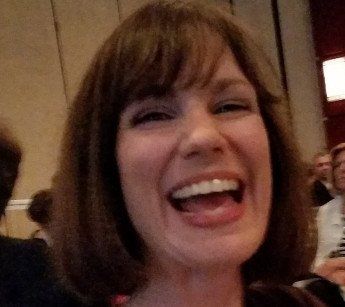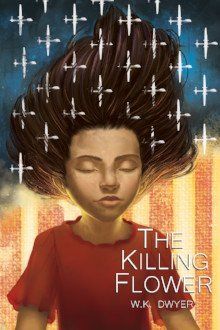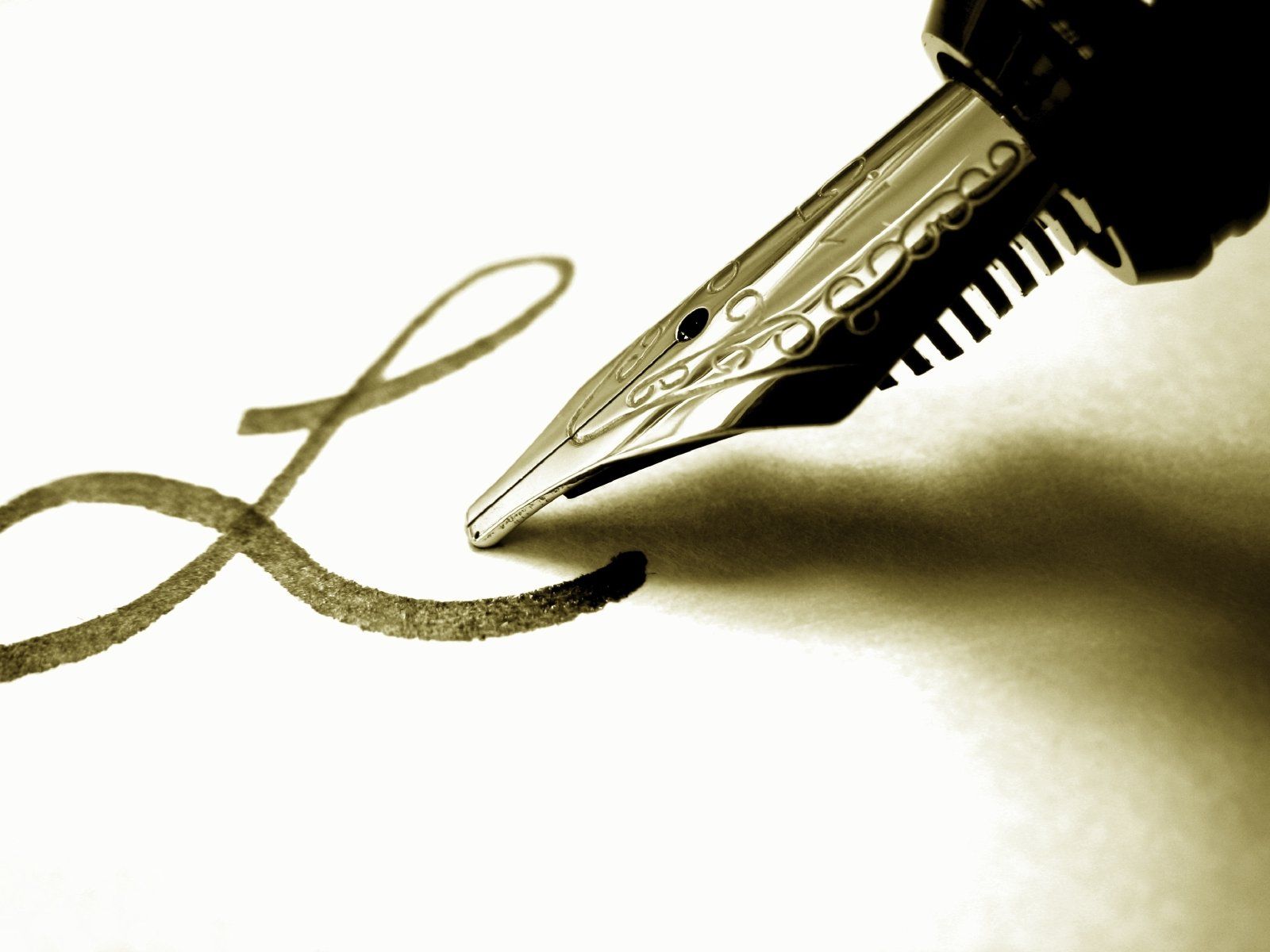The POP Newsletter
Wednesday #Writetip: When to Spell Out Numbers
Consistent use of numerals (1, 2, 3) versus spelled-out numbers (one,
two, three) is one of the most common problems I see in my authors’
writing. Most just type whatever form their fingers choose at that
moment, but ultimately a rule of some kind should be established.
There
are at least four different numbers rules that a writer could follow.
Which one you choose has to do with the type of publication you are
writing for and the technical level of the material. Your options
include the following:
- Some publications prefer to spell out one through nine and use numerals for all other numbers. This is often called the informal numbers rule and is commonly employed in newspapers and magazines.
- Others prefer to spell out numbers one through one hundred and all large, round numbers (e.g., ten thousand, fifty million). This rule dominates the nonfiction trade book market, which includes general interest, self-help, memoir — most books that are sold in bookstores but are not textbooks or fiction. It is commonly referred to as the formal numbers rule.
- A small segment of publications use numerals in all instances except in general uses like “I for one” or “for one thing.” I have only seen this in corporate reports, where the press has decided numbers appear often enough that it isn’t worth the time to deal with exceptions.
- And then there are those publications that spell out all numbers no matter what. This is most commonly seen in fiction, where numbers are used rarely, and when they are used, it is not for exact measurements.
I don’t know any cute names for these last two rules, but I do know they are the simplest to follow. That is because they have the fewest exceptions. Exceptions are what make numbers rules challenging even for trained editors.
In fact, I’ve found one of the quick ways to tell a book that hasn’t been edited very well is to look at the treatment of numbers. If I find a bunch of inconsistencies, I figure the editor didn’t know her numbers rules and has probably made other mistakes as well. (The numbers rule is an early lesson in editing training.)
As the author, you can help by choosing the numbers rule that suits your type of book and following it as best you can. It’s highly likely you will make a mistake somewhere — use words where there should be numerals or vice versa — but you can help yourself and your editor by working toward consistency.

Like this blog? Find more advice and insights in the award-winning book Perfect Bound: How to Navigate the Book Publishing Process Like a Pro , available through POP Editorial Services , Amazon.com , Barnes and Noble , Novel Books, and other fine retailers





